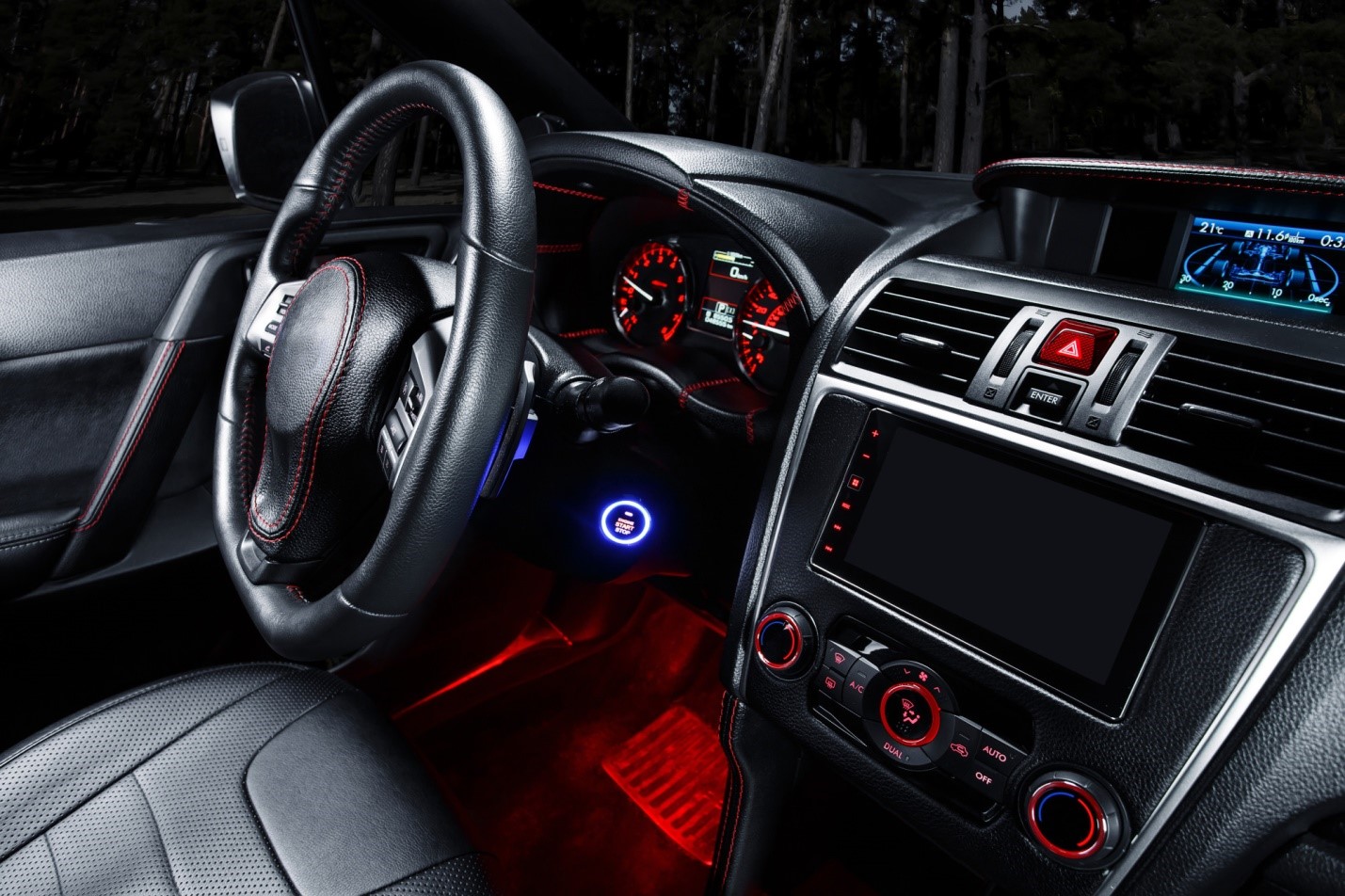I spent most of the Labor Day weekend working on my VW.
Certainly not the pursuit many would choose. But getting the thing back on the road one of my over-riding goals. The next one is cracking that novel. Can’t do one without finishing the other. At least, that’s the way my mind works.
The engine’s back in. The wiring harness is replaced. The engine-insulating tarboard is installed. Rust has been painstakingly removed from the floorboards and Por-15, the rust-murdering paint, applied. The interior heater hoses have been replaced (finally figured out how to source them). I figure the 1974 Super Beetle has several more major weekends before I can haul it off to somebody to put the final touches on the electrical and I can hear it roar to life.
Then it’s off to my friend, another class of 1979, in downtown Fresno, Calif. for fresh paint.
All said, this will be a three- or four-year project. But we car guys do what we do. We love this stuff. I’d enjoy nothing better than pulling my bug into the Madera VW show and rubbing shoulders with more aging air-cooled enthusiasts.
Truly, this car is more sculpture than gas-burner. The NOx and related pollutants coming from its dual exhausts have been curtailed significantly.
Yet, that’s exactly where many of our current vehicles are headed. And that may be a good thing for the environment. Economics and regulations will be removing most of the older vehicles on the road that don’t have support from nostalgic collectors like myself to restore and repurpose them as spares or show cars.
Reducing emissions
It’s hard to imagine the discontinued Ford Excursion finding many such fans. Or the AMC Pacer. At one point, I day dreamed of taking a rocket launcher to that particular model. But the Edsel will remain. So will the 1955-57 Chevy and a host of others.
In California, truckers who own older trucks will have to either buy newer ones or get their existing rigs retrofit with filters to reduce NOx and particulates. State laws will be kicking all the old rigs without 2010 standards off the road. The idea is to get rid the dirtiest trucks in the next couple of years.
New heavy duty semi trucks, with nameplates like Kenworth, Freightliner, Peterbilt and Volvo, have engines that produce 80 percent fewer pollutants than many of the models now on the road. Their engines are more efficient and far cleaner, leading to cleaner air in the transportation corridors on which they transport most of the nation’s consumer goods, agricultural materials and manufactured products.
Clean air is the result
Once the old trucks are retired, the rewards in fresher air, especially in the smog-laden San Joaquin Valley, will be evident. However, the people who own the existing older trucks aren’t flocking to new and improved models. A new truck costs about $140,000, a used one with a cleaner engine that meets 2007 standards, costs about $80,000.
That’s big money to an independent operator who works as many days as he or she can hauling everything from petroleum to corn. Many of them in California have trouble paying their Department of Motor Vehicles registrations on a yearly basis, opting for the monthly option. And shipments aren’t guaranteed. Meanwhile, fuel costs are going up.
But change is coming. I work with the Proposition 1B program, which helps truckers comply with California’s new clean air laws. The grants I work with either give truckers a grant to buy a new truck or reconfigure an existing one. The money not only helps the truckers but also the economy. Dealers benefit, too.
Consumers adapt
Truckers aren’t the only drivers facing change. Consumers must also adapt to changing conditions. Fuel prices and U.S. Environmental Protection Agency will prove a steady influence in coming years.
Back in 2010, the National Highway Traffic Safety Administration and the EPA clamped down on national fuel economy standards under the Clean Air Act. The rules, dubbed the Corporate Average Fuel Economy, or CAFE, program, established increasingly stringent fuel economy standards for 2012 through 2016 model-year vehicles.
The rule requires automakers to improve fuel economy and reduce greenhouse gas emissions by about 5 percent a year, with the goal of reaching an average 34.1 mpg for the industry for model year 2016.
Consumers may be paying attention. More likely they’re sick of paying for 25 gallons every three days to keep a beastly SUV filled up. Check out some of the used-car lots. See any little cars? Here in Fresno/San Joaquin Valley area, I see a lot of pretty nice Chevy Suburbans for decent prices.
Small car sales increase
August 2012 showed an increase in sales for smaller automobiles and trucks with domestic manufacturers posting double-digit increases over the same period a year earlier. A look at analysis done by the Washington Post shows gains for Ford with the redesigned Escape, Chrysler may have a hit with its resurrected Dart (good friend and motorhead Scott Selph bought one in Oklahoma City) and Chevy did well with various crossovers.
Volkswagen’s sale’s increased 62.5 percent, mostly on the back of the new Passat but I’m wondering about the redesigned bug. Toyota also saw a big swing upward with a 40.2 percent increase.
Interesting. Perhaps fuel consumption will actually drop. Certainly these new vehicles will make a difference, cleaning the air by spewing far less pollution.
But overall, don’t expect much change in the overall direction of fuel use. Vintage car enthusiasts will continue to pursue their hobbies, keeping a pretty significant sector of craftsmen and women in business and a bunch of people happy in their garages. Of course, this old car crew will continue to be a pretty vocal proponent into maintaining a supply of gasoline.
And hopefully, I’ll get the bug back on the road. My son is 15 and thinks it’s the coolest rig on the road. He’s got good taste.











